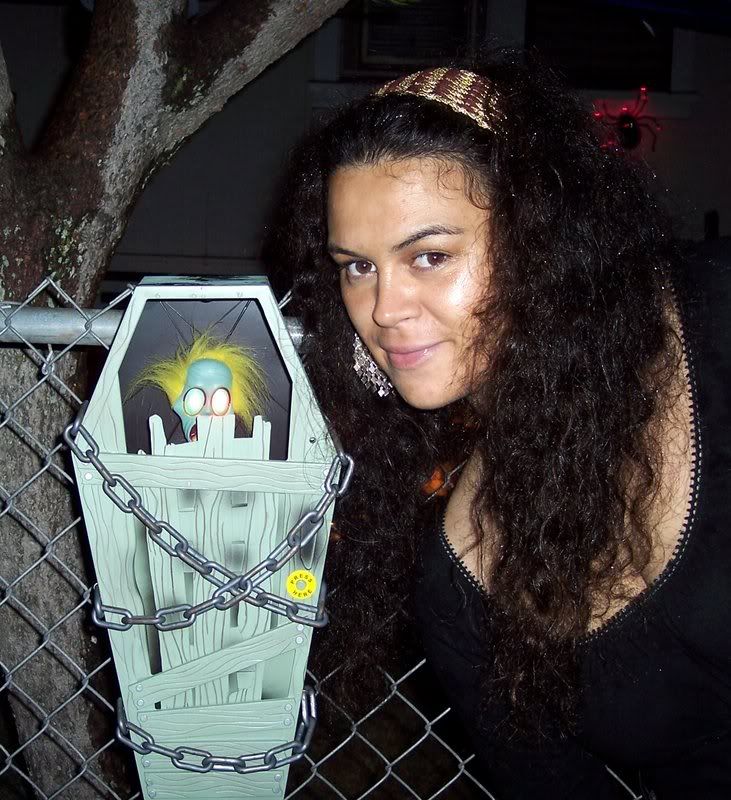Tuesday, April 03, 2012
Saturday, May 01, 2010
Call for Papers for Maritime Archaeology and History Conference in Hawaii February 2011
Sunday, February 22, 2009
Back in service and Pacific archaeology conference 2009
Saturday, February 23, 2008
Pacific islanders' ancestry emerges in genetic studies...
recent news about ancient voyaging....
new bibliographies
Monday, November 05, 2007
Back to the trees, sorry, i mean back to the field...
Wednesday, November 01, 2006
Bibliography about the Pan-Pacific zoo (in progress...)
hi, i've been horribly busy recently but the pig story is coming soon, meanwhile, you can always entertain yourself with these very exciting readings, hehe..
Allen, M. S., E. Matisoo-Smith, et al. 2001. Pacific 'Babes': Issues in the origins and dispersal of Pacific pigs and the potential of mitochondrial DNA analysis. International Journal of Osteoarchaeology I:4-13.
Anderson, A. 2002. Faunal collapse, landscape change, and settlement history in Remote Oceania. World Archaeology 33:375-390.
Athens, J. S., Tuggle, H. D. et al. 2002. Avifaunal extinctions, vegetation change, and Polynesian impacts in prehistoric Hawai`i. Archaeology in Oceania 37:57-78.
Giovas, C. 2006. No pig atoll: the extirpation of a Polynesian domesticate. Asian Perspectives 45:69-95.
Matisoo-Smith, E., J. Allen, et al. 1997. Ancient DNA from Polynesian rats: extraction, amplification and sequence from single small bones. Electrophoresis 18:1534-7.
Matisoo-Smith, E., R. M. Roberts, et al. 1998. "Patterns of prehistoric human mobility in Polynesia by mtDNA from the Pacific rat." Proceedings of the National Academy of Science U.S.A. 95:15145-15150.
Steadman, D. W. 1995. Prehistoric Extinctions of Pacific Island Birds: Biodiversity Meets Zooarchaeology. Science 267:1123-1131.
Titcomb, M. 1969. Dog and man in the ancient Pacific with special attention to Hawaii. Vol. 59. Honolulu: Bernice P. Bishop Museum Special Publication.
Wilmshurst, J. M., Higham, T. 2004. Using rat-gnawed seeds to independently date the arrival of Pacific rats and humans in New Zealand. The Holocene 14:801-806.

